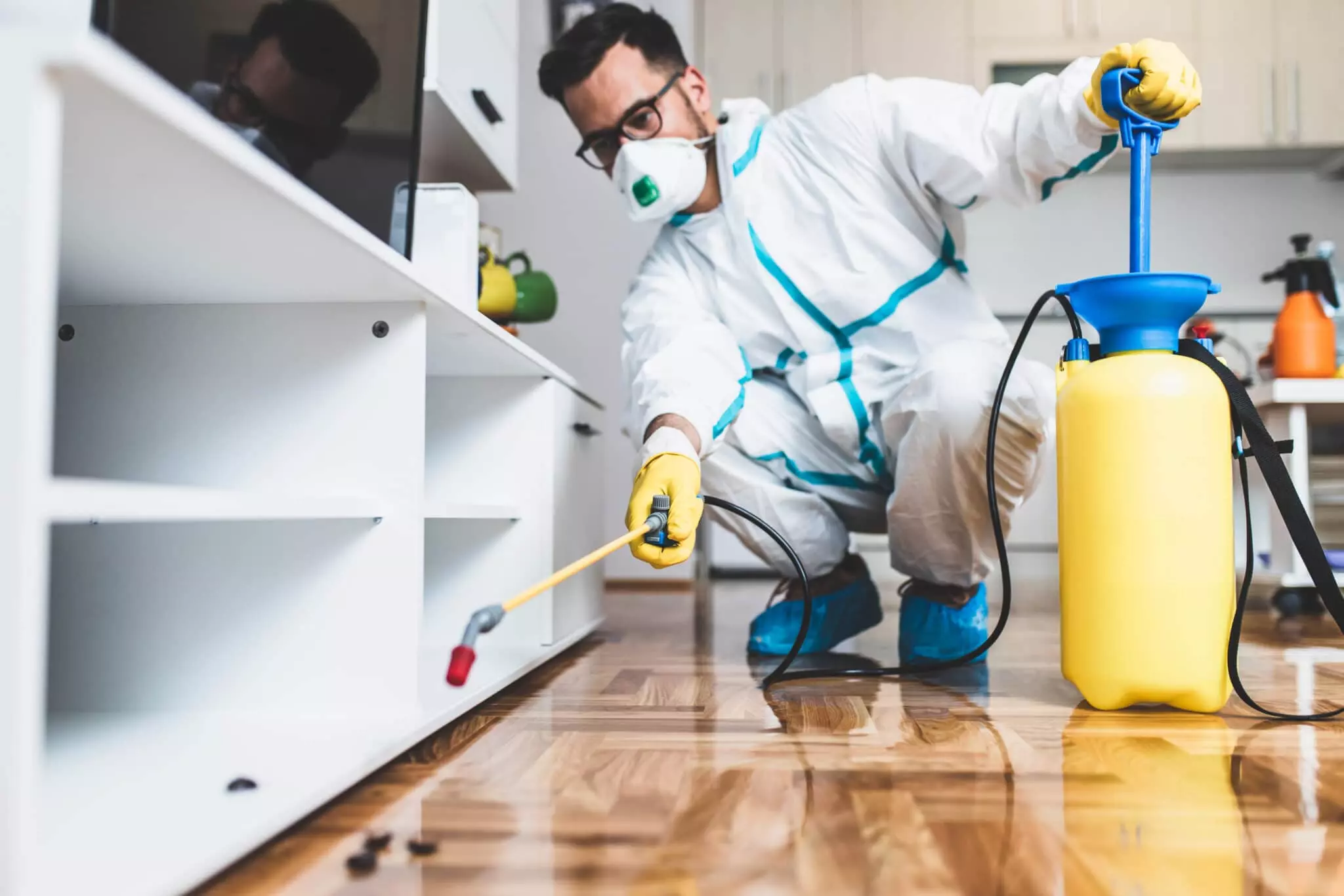Bed Bug Treatment Breakdown: Contrasting Chemical Vs. Non-Chemical Solutions
In the world of bug control, particularly when dealing with the relentless issue of bed insects, the option between chemical and non-chemical therapy services can be a critical one. Both strategies provide distinctive advantages and drawbacks, influencing aspects such as performance, safety factors to consider, and total cost. By examining the nuanced details of each technique, a more clear understanding of which path to pursue in attending to a bed pest infestation can be obtained.
Effectiveness of Chemical Treatments
Chemical therapies for bed pest infestations have been extensively identified for their powerful and rapid efficacy in eliminating these pests. When considering the efficiency of chemical therapies, it is critical to comprehend that they can supply a thorough and fast solution to a bed bug problem.
Additionally, chemical treatments have the advantage of providing recurring impacts, meaning that they can remain to get rid of bed insects also after the preliminary application. This recurring activity is particularly useful in combating any type of possible re-infestations. In addition, the quick action of chemical therapies can bring alleviation to individuals dealing with severe bed insect problems, allowing them to restore control of their home quickly.
Safety And Security Worries With Chemical Solutions
When making use of chemical options for bed insect therapy is making sure the safety and security of passengers and the environment,One vital facet that requires cautious factor to consider. While chemical treatments can be efficient in removing bed insects, they might pose threats otherwise handled properly. One of the key security worry about chemical remedies is the potential injury they can create to human health. Exposure to specific chemicals utilized in bed insect therapies can bring about respiratory system problems, skin irritability, or other adverse reactions, specifically in people with pre-existing problems or level of sensitivities. Additionally, incorrect application or dose of chemical pesticides can cause poisonous deposits sticking around in the treated location, presenting long-term health risks to occupants.
Moreover, the ecological effect of chemical services is an additional considerable consideration. Some pesticides made use of in bed insect treatments might be unsafe to useful bugs, wild animals, and environments if they leach into the soil or water supply. It is important to utilize chemical therapies carefully, adhering to security guidelines, and taking into consideration less toxic alternatives to minimize these risks and make certain the risk-free and effective administration of bed insect infestations.
Benefits of Non-Chemical Methods
Thinking about the potential safety issues and environmental influence connected with chemical options for bed insect treatment, exploring non-chemical strategies presents an appealing choice with several distinctive advantages. Non-chemical therapies are eco pleasant, as they do not contribute to air or water contamination, making them a lasting choice for pest control.
In addition, non-chemical remedies can be effective in targeting bed insects, including hard-to-reach locations where chemical therapies might not permeate. Approaches such as heat treatment, vacuuming, steam cleaning, and mattress coverings provide detailed removal without the usage of dangerous chemicals. In addition, non-chemical methods can be much less disruptive, calling for very little preparation and permitting quicker reentry into treated locations. In general, opting for non-chemical bed pest treatment methods not just prioritizes safety and ecological defense yet likewise ensures effective and comprehensive bug control.
Limitations of Non-Chemical Treatments

In addition, non-chemical therapies commonly call for numerous applications to attain effective obliteration. This can be time-consuming and might not constantly ensure total removal of all bed pests and their eggs, specifically in hidden or hard-to-reach locations.
Additionally, the success of non-chemical treatments greatly depends on appropriate implementation and thoroughness, which can be testing for people without expert expertise. Poor application of non-chemical methods may result in insufficient fly exterminator removal, causing consistent problems and the need for extra treatments.
As a result, while non-chemical treatments have their advantages, it is vital to recognize these restrictions and consider them when figuring out one of the most reliable method for taking care of bed insect infestations.
Cost Comparison: Chemical Vs. Non-Chemical Options
Offered the restrictions connected with non-chemical therapies, an important facet to assess in the context of bed pest monitoring is the cost contrast between chemical and non-chemical choices. In comparison, non-chemical therapies like warmth treatment or heavy steam can be extra expensive, with costs varying from $1,000 to $6,000 for an entire home. While the first price of chemical therapies might seem lower, numerous therapies might be needed to fully remove the invasion, potentially enhancing the general price.
Final Thought

Thinking about the possible safety and security worries and environmental influence associated with chemical solutions for bed pest therapy, checking out non-chemical techniques offers an appealing choice with several distinct advantages.Offered the limitations connected with non-chemical therapies, an important facet to assess in the context of bed bug monitoring is the expense contrast between chemical and non-chemical options. In comparison, non-chemical treatments like warmth treatment or vapor can be extra expensive, with prices varying from $1,000 to $6,000 for a whole home. While the preliminary cost of chemical therapies might appear lower, several therapies might be required to squirrel removal fully eradicate the infestation, possibly boosting the total expense.In verdict, when contrasting chemical and non-chemical bed insect treatment choices, it is necessary to take into consideration performance, security, benefits, restrictions, and price.